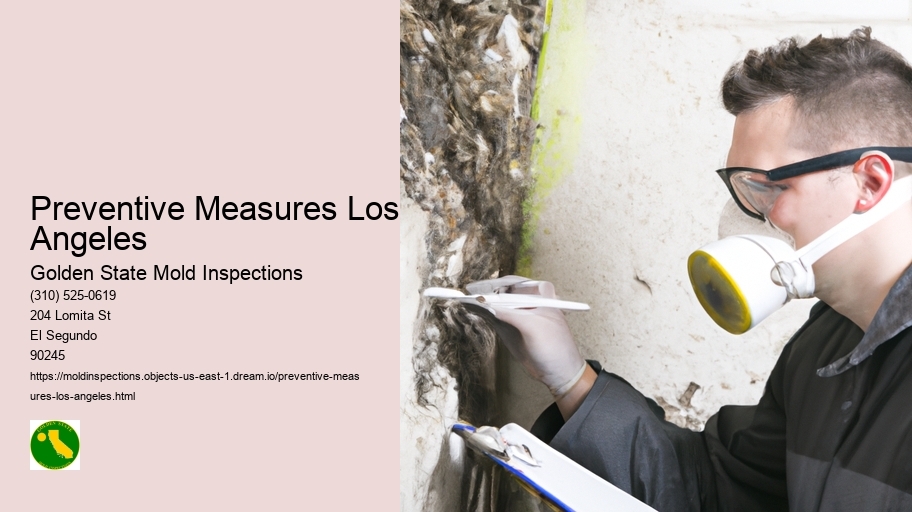

Mold can pose serious health risks and can damage your property if left untreated. A mold inspection helps determine if mold is present, what type it is, and the necessary steps for remediation, ensuring a safe living environment for you and your family.
Our mold inspection process includes a visual assessment of the property, moisture level testing, and air sampling. We use advanced equipment to detect mold spores and moisture levels in the air and surfaces, ensuring a comprehensive evaluation.
A mold inspection is a thorough examination of a property to identify the presence of mold and assess the extent of mold growth. During this process, our trained inspectors will evaluate both visible and hidden areas of the property, including walls, ceilings, basements, and attics.